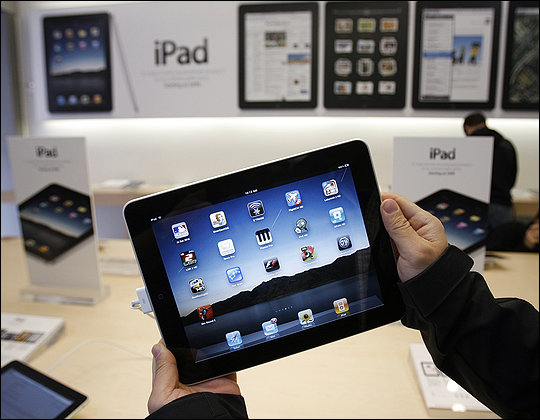Surging Mobility - Home Phone Lines Disappearing
/In yet another example of how industries are going throug rapid change, it was recently reported that twenty-five percent of U.S. households rely exclusively on mobile devices for communication, having cut their traditional land lines. According to the latest statistics from the Center for Disease Control and Prevention (CDC), the number of wireless-only households continues to increase. In the first half of 2009, around 22% of all households did not have a landline. It is worth pointing out that 15% of households that have a landline say they now receive almost all of their calls on their mobile phone. Therefore it is likely that the percentage using mobile exclusively will continue to increase and probably at a more rapid pace.
Younger adults under 35 are most likely to have cut their landlines, but the number of wireless-only households increased among all age groups. Half of all adults aged 25 to 29 now live in households that are wireless-only, but around 5% of adults over 65 don't use landlines. The full report from the CDC is here (PDF).
What Does This Mean?
This is an interesting trend because most mobile application development has been focused on the traveler. This will start to shift as users of mobile devices will look for applications that are usable at home or in the office. For example, the market for in-home apps that control appliances will likely surge in the coming years. It also means that telecommunication issues around wireless and Internet, particularly as it pertains to maintaining a free Internet, will garner more and more attention.









